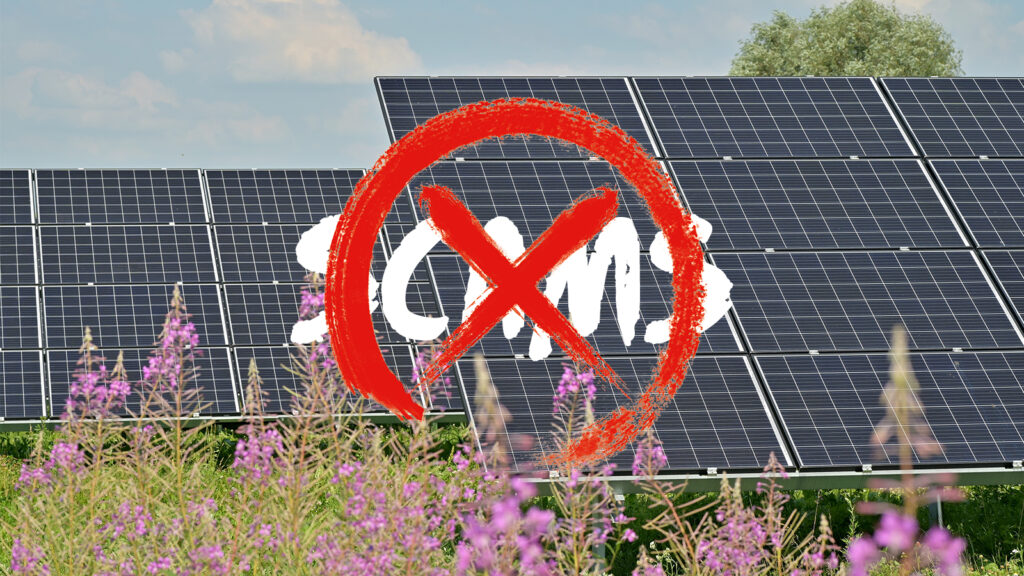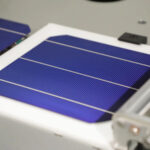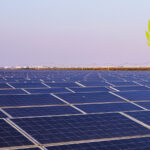Maysun has collected a few of the most widely spread messages on the internet and explained them.
1. PV pollution
Speaking of photovoltaic industry, there is no shortage of people think that this is “high pollution, high energy consumption” industry, for the production process of photovoltaic crystalline silicon components will produce a large number of pollutants, contrary to the original intention of green development.
But we have to recognize the fact that there are pollutants and pollution is two completely different concepts. Pollutants are not disposed of to cause pollution; on the contrary, legal disposal, it can not be called environmental pollution. In terms of laws and regulations, as long as it can achieve the standard emissions, it is considered as “no pollution”. PV recycling business is also gradually maturing, click the button below to read.
Some people say that photovoltaic has light pollution, which will cause people’s dizziness and other discomfort. But in fact, photovoltaic itself is by the absorption of solar power, the overall absorption of more reflection less. The source of light pollution is visible light, photovoltaic module internal power generation unit cells will absorb visible light will be converted into electricity, will further reduce the reflection of visible light. Second, solar panels are generally installed on the roof, or open ground, the surrounding environment and people will not be affected.
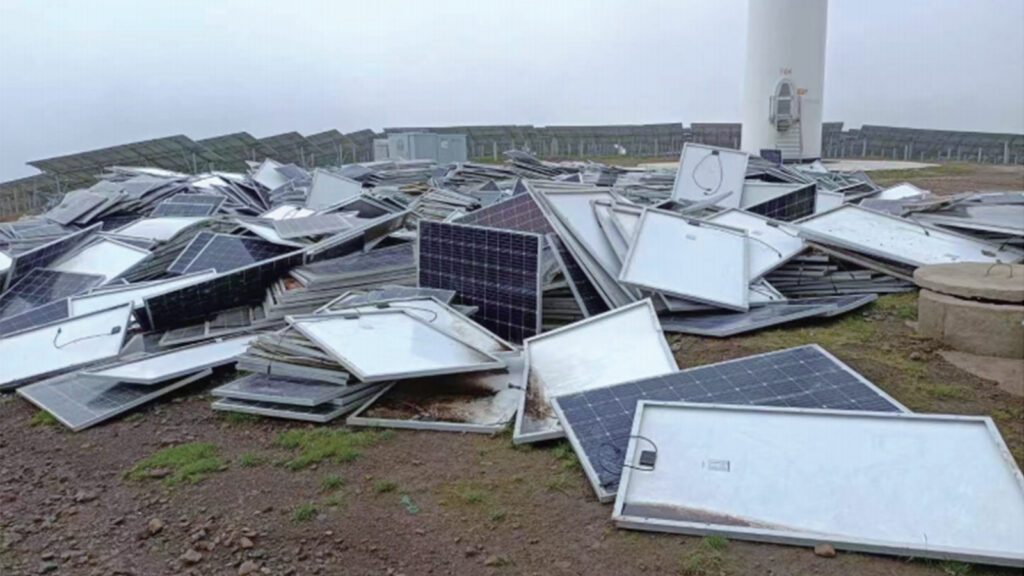
2. PV occupies land
European countries are scarce land resources, and centralized PV covers a large area, involving land approval and other procedures are more complex and time-consuming, while the roof, wall and other easy to install and have economic, so the European region to install distributed PV. Recent European initiatives to shorten the approval process for rooftop photovoltaic projects, mandatory installation of PV on specific roofs within the relevant period. In addition, the EU “energy system digitization plan” proposed, in infrastructure to increase 565 billion euros of investment to promote commercial and industrial photovoltaic, household photovoltaic, zero carbon cars and other projects progress.
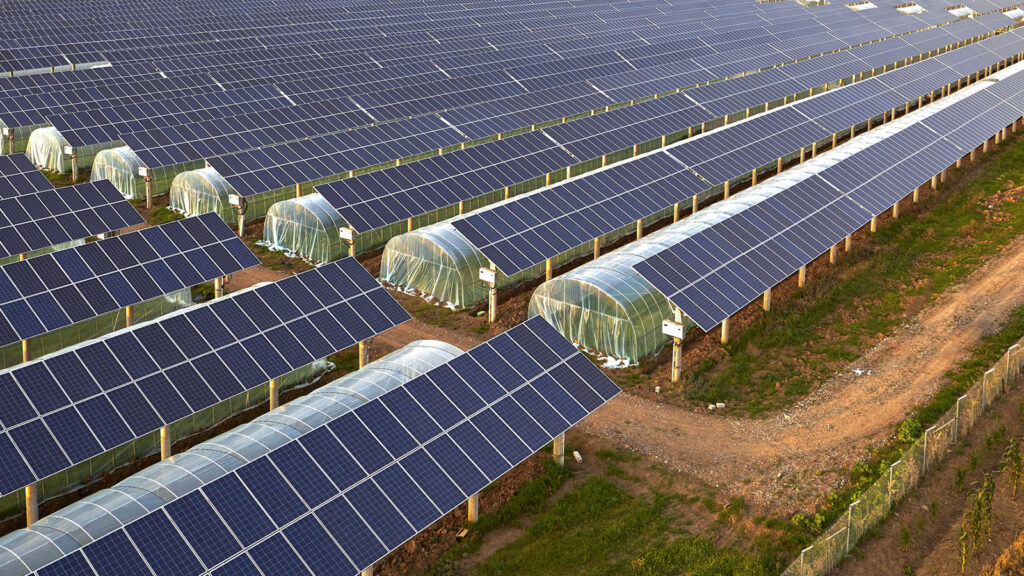
3. PV harm agriculture
In fact, “photovoltaic + agriculture” is an emerging business model of photovoltaic power generation, is also a kind of photovoltaic composite power generation project. This model solves the problem of photovoltaic power plants and agriculture for land, in the process of agricultural production practice to achieve a multi-purpose, for the sustainable development of agriculture and photovoltaic industry provides a strong technical support. In fact, in addition to becoming autonomous and self-sufficient in terms of energy, farms can also produce excess energy (instead of self-consumption), which can be sold to the national grid.
4. Solar energy is not sustainable
Among the renewable energy sources, solar energy is undoubtedly the most sustainable. Solar energy is a clean, renewable energy source that does not cause pollution. For example, for every kilowatt of electricity generated in an hour, about 700 grams of released carbon dioxide can be reduced. Photovoltaics is a technology that allows energy to be produced in a sustainable way, without wasting resources and with low distribution and maintenance costs.
There are no greenhouse gas emissions involved in photovoltaic power generation and, most importantly, it is an excellent investment to reduce the cost of electricity. Even in the last few years of greenhouse agriculture development, the technical model of combining solar energy with agricultural greenhouses can improve the sustainability of greenhouse performance.
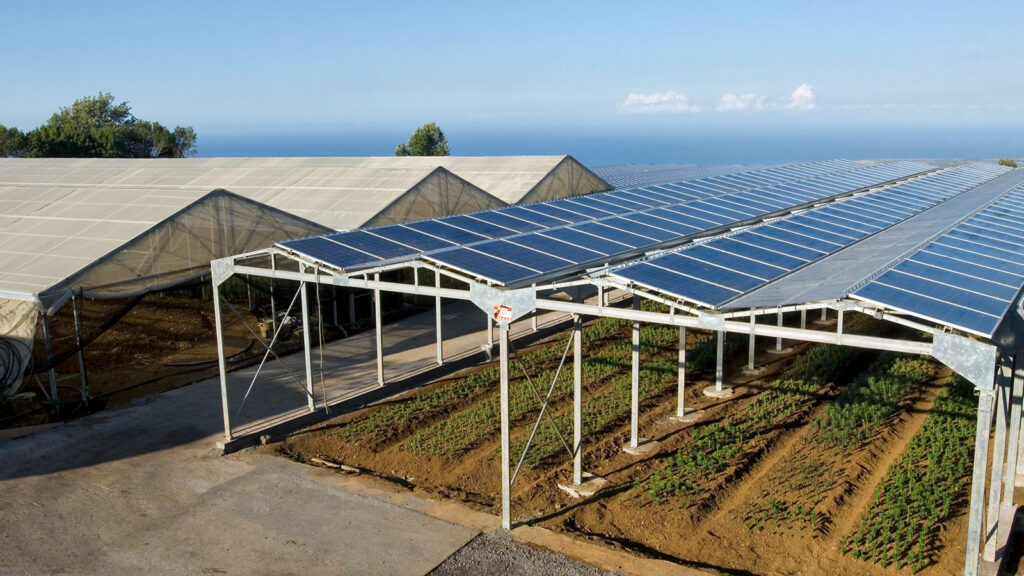
5. PV is expensive and the investment does not pay for itself
Photovoltaic systems are an investment project with long-term benefits for households and businesses, and have non-negligible advantages in both the household and industrial sectors. Although in the early purchase of photovoltaic, the input cost is large, but several countries have relative incentives, we can also choose to grid-connected mode, the excess electricity sold to the state.
Recently, the price of PV panels has continued to fall, and the average life of PV systems is over 20 years. As the investment cost decreases, its return on investment will increase year by year and the payback period will be further shortened.
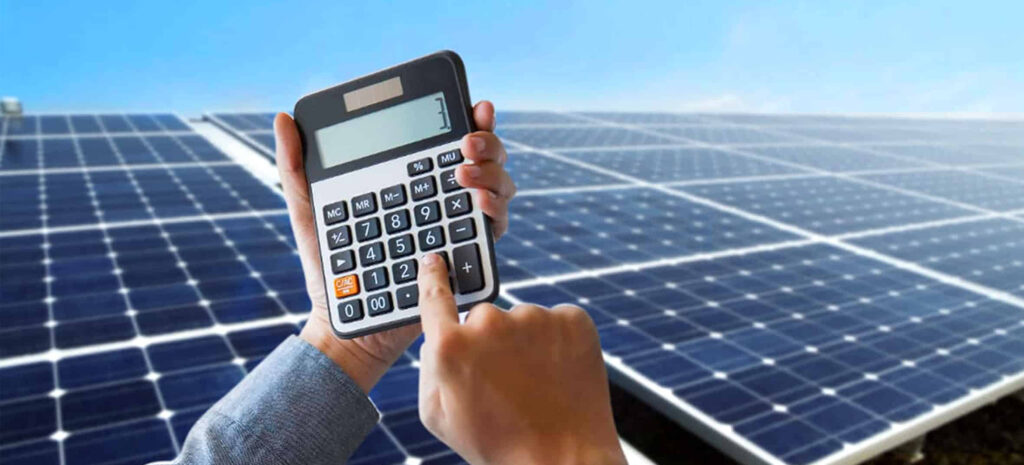
There are many more prejudices and rumors about PV systems than we can explain here, but we hope you can see that the essence of PV power is to provide high quality clean energy and to achieve the goal of carbon neutrality.
As a PV module manufacturer with 15 years of experience in the industry, Maysun Solar has offices and warehouses in many countries and regions, and we have established long-term and stable relationships with many excellent installers. Feel free to contact us for the latest module quotes or to ask PV related questions.
You may also like:
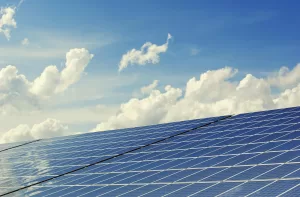
Which solar modules perform better under high summer temperatures?
Can high summer temperatures reduce the power generation efficiency of solar modules? This article compares the performance of HJT, TOPCon, and IBC modules under high temperatures to help you make informed choices and optimize your return on investment.

Structural Risks and Component Adaptation Strategies for Commercial PV Deployment under Extreme Weather Conditions
A comprehensive analysis of the structural risks and component configuration strategies for commercial and industrial PV systems under extreme weather conditions, helping businesses enhance system stability and long-term energy yield.

How Can Photovoltaics Help Businesses Cut Peak Electricity Costs During Summer Price Spikes?
How Can Businesses Use Photovoltaic Systems to Address Summer Electricity Price Peaks? This article provides cost-saving calculations, suitability conditions, and technical selection recommendations.

How to Detect Hotspots and PID Effects in PV Modules to Prevent Long-Term Losses?
How to identify and respond to hotspots and PID effects in PV modules? This article focuses on the European market, combining detection technologies, real-world cases, and protection strategies to provide developers and investors with reliable loss warnings and yield protection solutions.

How to Choose the Most Suitable Solar Panels for Commercial and Industrial Use in 2025
How can commercial and industrial projects choose the right solar panels in 2025?
This article provides a systematic comparison of mainstream panel types such as TOPCon, HJT, and IBC, analyzing their advantages, disadvantages, and suitable applications. It aims to help businesses make accurate selections based on specific project conditions, thereby improving long-term energy output and return on investment.

After the Iberian Blackout How Can Enterprises Reshape Their Energy Security Systems
The 2025 Iberian blackout drew widespread attention across Europe. This article analyzes grid vulnerability, enterprise energy risks, and the deployment path of “solar + storage + EMS” systems to help businesses build a controllable and secure energy structure.

